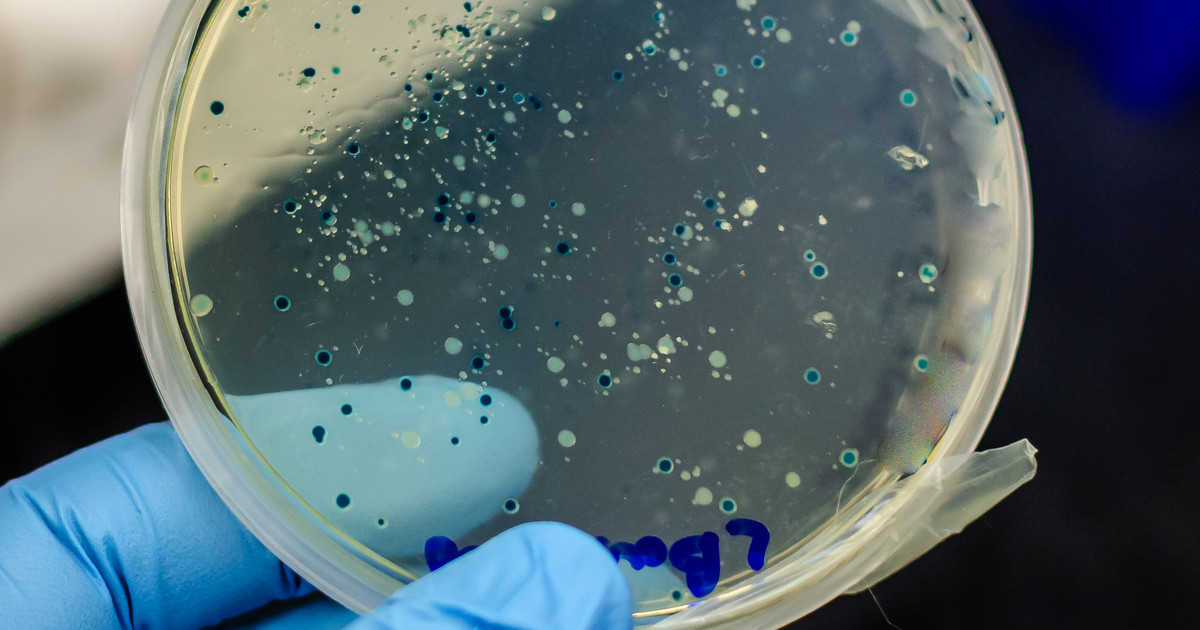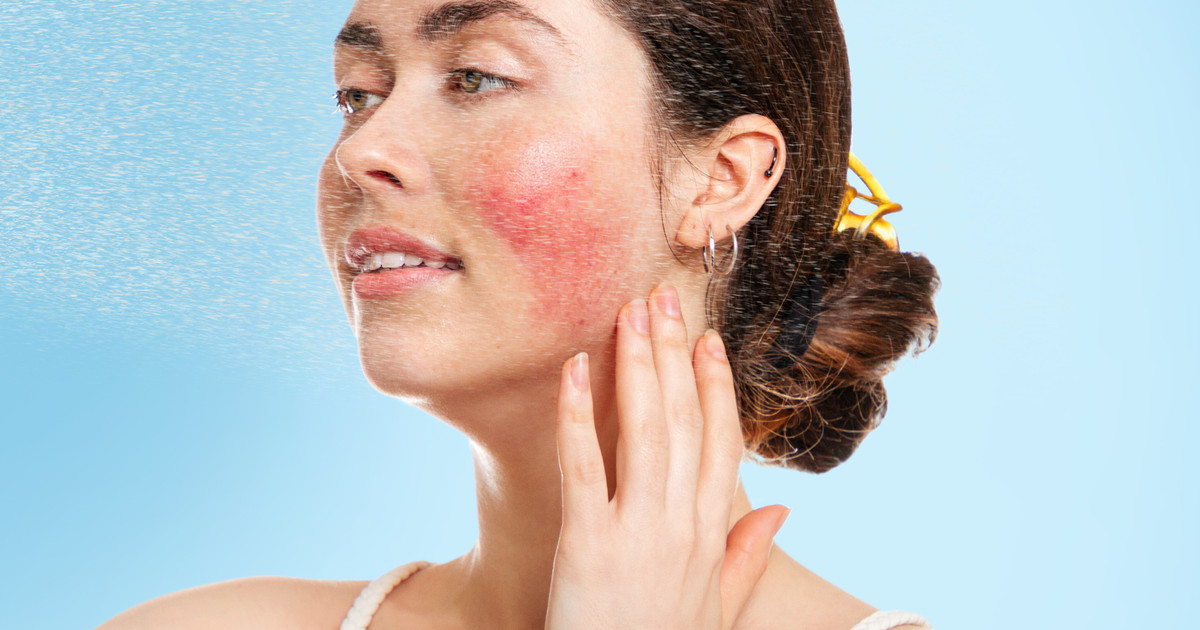Guide To Azelaic Acid
Azelaic acid is a prescription medication. Patients with acne are prescribed azelaic acid as a topical cream. Individuals with rosacea use a topical foam or gel. Doctors typically advise patients to apply a thin layer of cream to the affected area twice a day. Doses for children are determined on an individual basis. Patients should let their doctor know if their acne does not improve after one month. Individuals with rosacea should check with their doctor if they do not see any improvement after three months. Patients need to attend regular follow-up appointments during treatment so that doctors can monitor their progress.
It is clear that azelaic acid is a prescription acne treatment. Some reports indicate that it also treats acne scars. Patients may try other treatments, include antibiotics for acne or home remedies for acne. As mentioned, this medication is also used as a rosacea treatment. Ultimately, patients need to understand how azelaic acid cream works before they consider using it for their condition.
How It Works

Azelaic acid belongs to a group of medicines called dicarboxylic acids. These acids reduce the amount of keratin an individual's body makes. Keratin is believed to encourage the growth of certain types of bacteria that cause acne. Azelaic acid prevents the hyperactive protease action responsible for converting cathelicidin into a skin peptide called LL-37. This mechanism is particularly helpful for the reduction of swelling associated with rosacea.
Additionally, azelaic acid is classified as a tyrosinase inhibitor. These medicines reduce the body's synthesis of melanin. This reduction makes azelaic acid particularly helpful in treating hyperpigmentation and skin discoloration.
Continue reading to reveal the major uses and benefits of this medication next.
Uses And Benefits

Azelaic acid is intended to treat acne that is mildly or moderately inflamed. It is also approved to treat mild to moderate rosacea. By reducing inflammation, azelaic acid reduces the skin redness and irritation associated with acne. Ultimately, this medication helps make acne less visible. It destroys bacteria in the pores that may contribute to acne. In addition, this medication can minimize acne scarring. It does this by allowing the skin to heal more quickly by improving the turnover rate of skin cells. Doctors may prescribe azelaic acid to individuals without active acne who are struggling with severe acne scarring.
The medication is also used to lighten the skin in patients who have hyperpigmentation. It can help individuals with melasma as well. For patients with rosacea, azelaic acid helps to reduce swelling. This medication also reduces the visibility of blood vessels at the treatment site. Sometimes, azelaic acid is used in the place of hydroquinone. Patients should always ask their doctor about the risks and benefits of using azelaic acid for their particular health concern, especially if it is being recommended for 'off-label' use.
Discover the potential side effects next.
